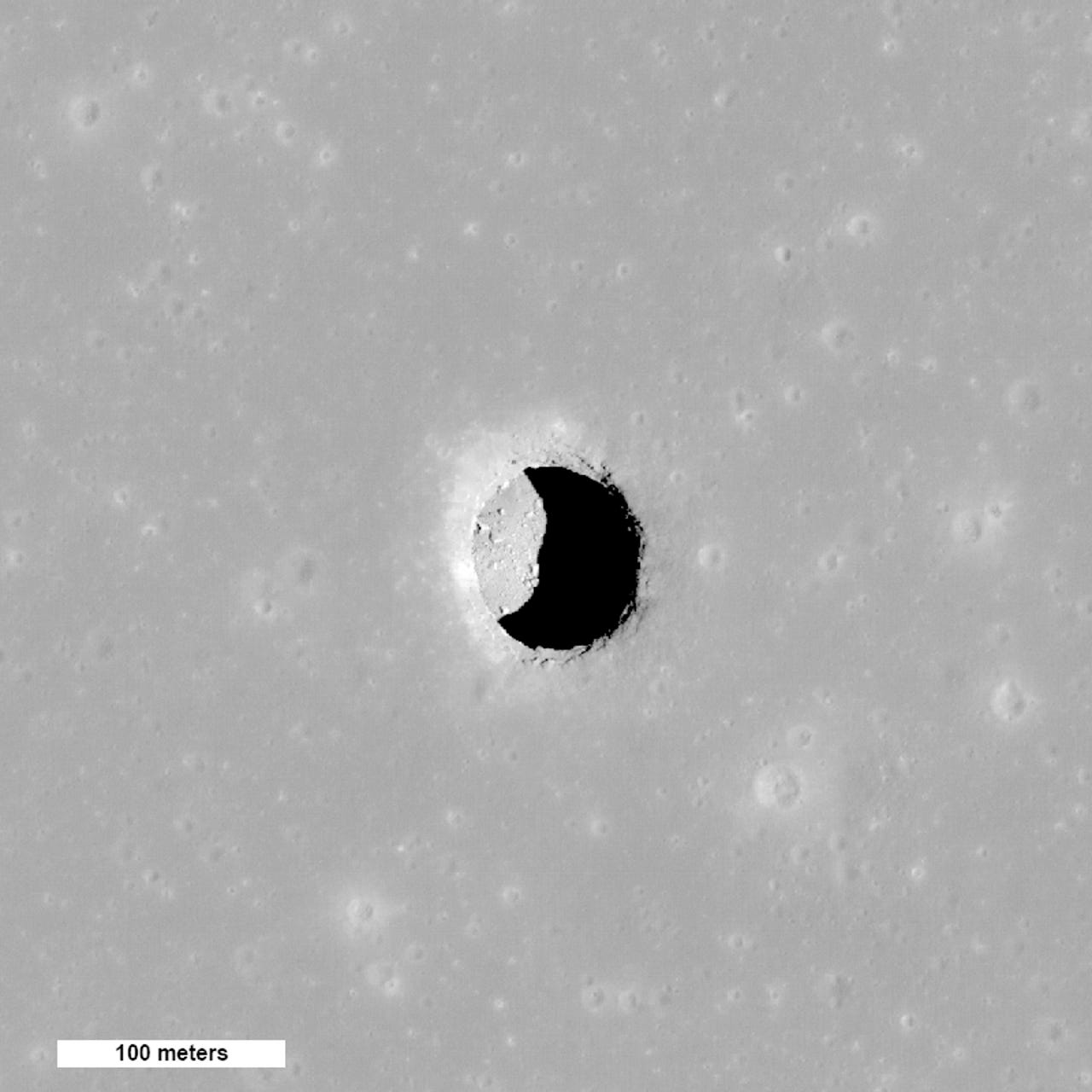Robotic lunar spelunkers will head into sinkholes on the moon


Robots could soon be exploring lunar pits and cave networks on the moon. That's thanks to a $2 million NASA research initiative to support the work of roboticists at Carnegie Mellon University in Pittsburgh.
The pits have been observed from orbit but never explored. Unlike craters, which are left behind after impacts from asteroids and meteorites, the pits are like lunar sinkholes left behind after a section of the surface collapses. Scientists don't know much about them or how accessible they are, but they could provide shelter for human expeditions, or even serve as access points to networks of caves that could be colonized.
Professor William Whittaker at CMU's Robotics Institute thinks robots are an ideal way to explore the pits.
"Is there a way in? Are there overhangs? Could a robot rappel in? Might there be a fissure, cavern or cave opening?" Whittaker poses.
The mission Whittaker has in mind is called Skylight. One or more robots would spend about a week exploring caves before the extreme cold permanently disabled them. That means the robots will have to work fast, traveling miles while gathering thousands of images while returning periodically to a lander for data dumps. Communications challenges will prevent significant wireless data downloads during a mission like Skylight.
"Beyond possessing the autonomous means to explore, the rovers need to know when and how to come home," Whittaker said.
A key feature of the robots will be autonomy. Because of the time constraints, the robots can't wait for commands from earth for every action. Instead, they will go about building high-fidelity, high-resolution, scientifically valid computer models of pits using exploration autonomy.
CMU's project is part of a group of projects that have received NASA funding through the agency's Innovative Advanced Concepts (NIAC) program which is aimed at taking big swings by promoting risky technology that could have huge payoffs if successful.
"We are pursuing new technologies across our development portfolio that could help make deep space exploration more Earth-independent by utilizing resources on the moon and beyond," said Jim Reuter, associate administrator of NASA's Space Technology Mission Directorate.
Robotic technology resulting from the project could be deployed as early as 2023. Whittaker has another robot heading to the moon in 2021. NASA has committed to landing astronauts on the moon by 2024.